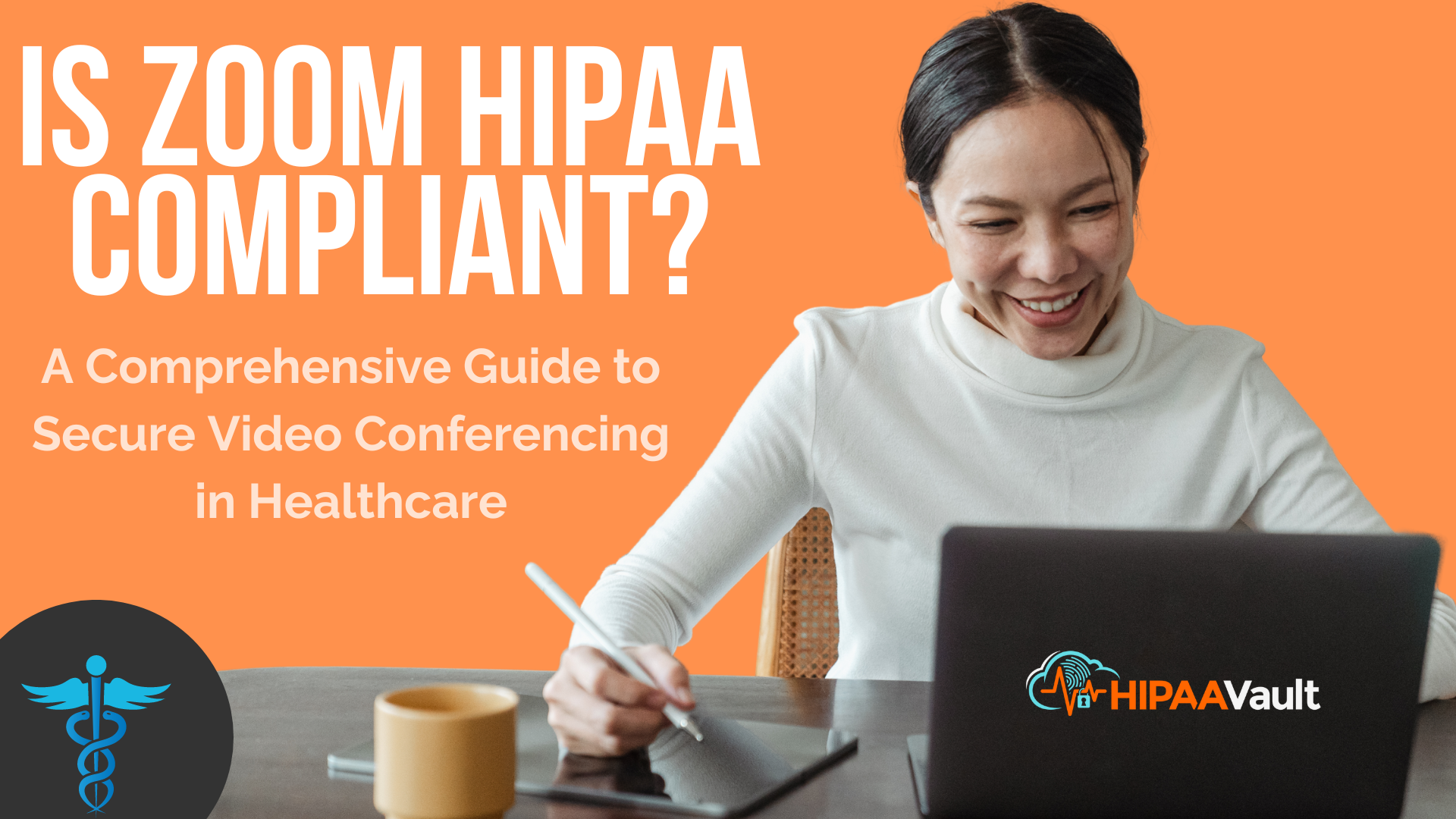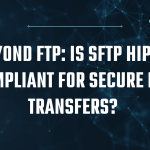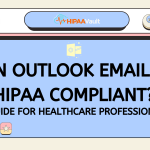
The Rise of HIPAA-Compliant Video Conferencing
The landscape of healthcare communication has undergone a dramatic transformation in recent years, with HIPAA-compliant video conferencing emerging as a critical tool for providers and patients alike. As of 2023, Zoom dominates the video conferencing market with a 48% share, making it a key player in the healthcare sector
The COVID-19 pandemic accelerated this trend, with telehealth visits increasing by an astounding 63-fold, from approximately 840,000 in 2019 to 52.7 million in 2020.This surge in adoption has brought both opportunities and challenges. While 37% of Americans used telehealth services in 2022, citing convenience as the primary reason, the need for robust security measures has never been more critical. With 76% of US hospitals now using video and other technologies to connect with patients and consulting practitioners, understanding the intricacies of HIPAA compliance in video conferencing is essential for healthcare providers.
Understanding HIPAA Compliance in Telehealth
Protected Health Information (PHI) in Video Conferencing
The Health Insurance Portability and Accountability Act (HIPAA) sets the standard for protecting sensitive patient data. In the context of video conferencing, protected health information (PHI) includes any identifiable health information transmitted during a telehealth session. This can encompass:
- Patient names and contact information
- Medical record numbers
- Diagnoses and treatment plans
- Prescription information
- Any other health-related data that could identify a patient
Healthcare providers must ensure that all PHI shared during video consultations is protected in accordance with HIPAA regulations.
The HIPAA Security Rule and Video Platforms
The HIPAA Security Rule specifically addresses the safeguarding of electronic protected health information (ePHI). For video conferencing platforms to be HIPAA-compliant, they must implement appropriate administrative, physical, and technical safeguards to ensure the confidentiality, integrity, and availability of ePHI.Key requirements of the HIPAA Security Rule for video conferencing platforms include:
- Access Control: Implementing unique user identification and emergency access procedures.
- Audit Controls: Hardware, software, and procedural mechanisms to record and examine access and other activity.
- Integrity Controls: Measures to ensure that ePHI is not improperly altered or destroyed.
- Transmission Security: Technical security measures to guard against unauthorized access to ePHI transmitted over electronic networks.
Zoom’s Journey to HIPAA Compliance
Early Security Challenges
Zoom’s path to becoming a trusted platform for healthcare providers was not without its challenges. In the early days of its widespread adoption, several security issues came to light:
- “Zoombombing” incidents, where unauthorized users could disrupt meetings
- Concerns about end-to-end encryption claims
- Data sharing with third parties like Facebook and LinkedIn
These issues culminated in a lawsuit filed in March 2020, which Zoom eventually settled for $86 million, committing to address the privacy and security concerns.
Implementing HIPAA-Compliant Features
In response to these challenges and the growing demand for secure telehealth solutions, Zoom took significant steps to enhance its security and achieve HIPAA compliance:
- Enhanced Encryption: Implementing true end-to-end encryption for all users.
- Improved Access Controls: Introducing features like waiting rooms and meeting passwords by default.
- Data Center Selection: Allowing users to choose which data centers route their calls.
- Expert Consultation: Engaging security experts and forming a CISO council.
- Bug Bounty Program: Improving the program to incentivize the discovery and reporting of security vulnerabilities.
- Third-Party Testing: Subjecting security features to rigorous third-party testing.
These improvements have positioned Zoom as a viable option for HIPAA-compliant video conferencing, provided that a Business Associate Agreement (BAA) is in place.
Key Features of Zoom’s HIPAA-Compliant Platform
End-to-End Encryption
Zoom’s end-to-end encryption ensures that all communication between participants is secure and cannot be intercepted by third parties, including Zoom itself. This feature is crucial for maintaining the confidentiality of PHI during telehealth sessions.
Access Control and Authentication
Zoom offers robust access control measures, including:
- OAuth 2.0 for user authentication
- JSON Web Tokens (JWT) for server-to-server authentication
- Waiting rooms to screen participants before admitting them to meetings
- Meeting passwords to prevent unauthorized access
These features help healthcare providers maintain control over who can access sensitive information during video consultations.
Business Associate Agreement (BAA)
A Business Associate Agreement is a critical component of HIPAA compliance for any third-party service provider handling PHI. Zoom is prepared to sign a BAA with healthcare organizations, which outlines the following security measures:
- Disabling of cloud recording
- Enabling encrypted chat
- Mandatory encryption for third-party endpoints (H323/SIP)
- Encryption of text messages
- Availability of offline messages only after cryptographic key exchange
By signing a BAA, Zoom commits to maintaining HIPAA compliance and protecting the PHI of healthcare providers’ patients.
Best Practices for Healthcare Providers Using Zoom
Ensuring Secure Telehealth Sessions
To maintain HIPAA compliance and protect patient information, healthcare providers should follow these best practices when using Zoom for telehealth:
- Always use a HIPAA-compliant Zoom account with a signed BAA in place.
- Enable all security features, including waiting rooms and meeting passwords.
- Verify participant identities before admitting them to the meeting.
- Conduct sessions in a private, secure location to prevent unauthorized individuals from overhearing sensitive information.
- Use unique meeting IDs for each session rather than personal meeting rooms.
- Regularly update the Zoom application to ensure the latest security features are in place.
Training Staff on HIPAA Compliance
Proper training is essential to ensure that all staff members understand their responsibilities in maintaining HIPAA compliance during video consultations. Training should cover:
- The importance of protecting PHI in telehealth settings
- How to use Zoom’s security features effectively
- Protocols for verifying patient identities
- Procedures for handling technical issues without compromising patient privacy
- The consequences of HIPAA violations and how to report potential breaches
Regular refresher courses and updates on new features or security protocols should be provided to all staff members involved in telehealth services.
The Future of HIPAA-Compliant Video Conferencing in Healthcare
Trends in Telemedicine Adoption
The adoption of telemedicine and HIPAA-compliant video conferencing is expected to continue growing. Key trends include:
- Increased integration of telehealth services with electronic health record (EHR) systems
- Expansion of remote patient monitoring capabilities
- Development of AI-assisted diagnosis tools for use during video consultations
- Greater focus on mental health services delivered via telehealth platforms
- Continued improvement in mobile telehealth applications
As these trends evolve, the demand for secure, HIPAA-compliant video conferencing solutions will only increase.
Ongoing Challenges and Opportunities
While significant progress has been made in securing video conferencing for healthcare, several challenges remain:
- Ensuring consistent internet connectivity for all patients, especially in rural areas
- Addressing the digital divide and providing access to telehealth technologies for underserved populations
- Balancing the convenience of telehealth with the need for in-person examinations
- Keeping pace with evolving cybersecurity threats and updating security measures accordingly
- Navigating varying state regulations on telehealth practices and licensure
These challenges also present opportunities for innovation in healthcare data protection and the development of more sophisticated HIPAA-compliant technologies.
Balancing Convenience and Security in Healthcare Video Conferencing
The rapid adoption of HIPAA-compliant video conferencing, particularly through platforms like Zoom, has revolutionized healthcare delivery. As we’ve seen, 37% of Americans used telehealth services in 2022, and 76% of US hospitals are now leveraging video technology for patient care. This shift has brought unprecedented convenience and access to healthcare services, especially during challenging times like the COVID-19 pandemic.However, with this convenience comes the critical responsibility of protecting patient information. The journey of platforms like Zoom to achieve HIPAA compliance demonstrates the ongoing commitment required to maintain the security and privacy of protected health information in the digital age.For healthcare providers, the key to successful implementation of video conferencing lies in:
- Choosing a HIPAA-compliant platform with a signed BAA
- Implementing robust security measures and best practices
- Providing comprehensive training to staff on HIPAA compliance in telehealth settings
- Staying informed about evolving security threats and regulatory requirements
As we look to the future, the continued growth of telemedicine and HIPAA-compliant video conferencing will undoubtedly bring new challenges and opportunities. By prioritizing patient privacy and data security alongside innovation and accessibility, the healthcare industry can harness the full potential of these technologies to improve patient care and outcomes.In this evolving landscape, platforms like Zoom that have demonstrated a commitment to HIPAA compliance and continuous security improvements will play a crucial role in shaping the future of healthcare delivery. As technology advances and regulatory frameworks adapt, the goal remains clear: to provide secure, accessible, and high-quality healthcare services to all patients, whether in person or through the digital realm of HIPAA-compliant video conferencing.





